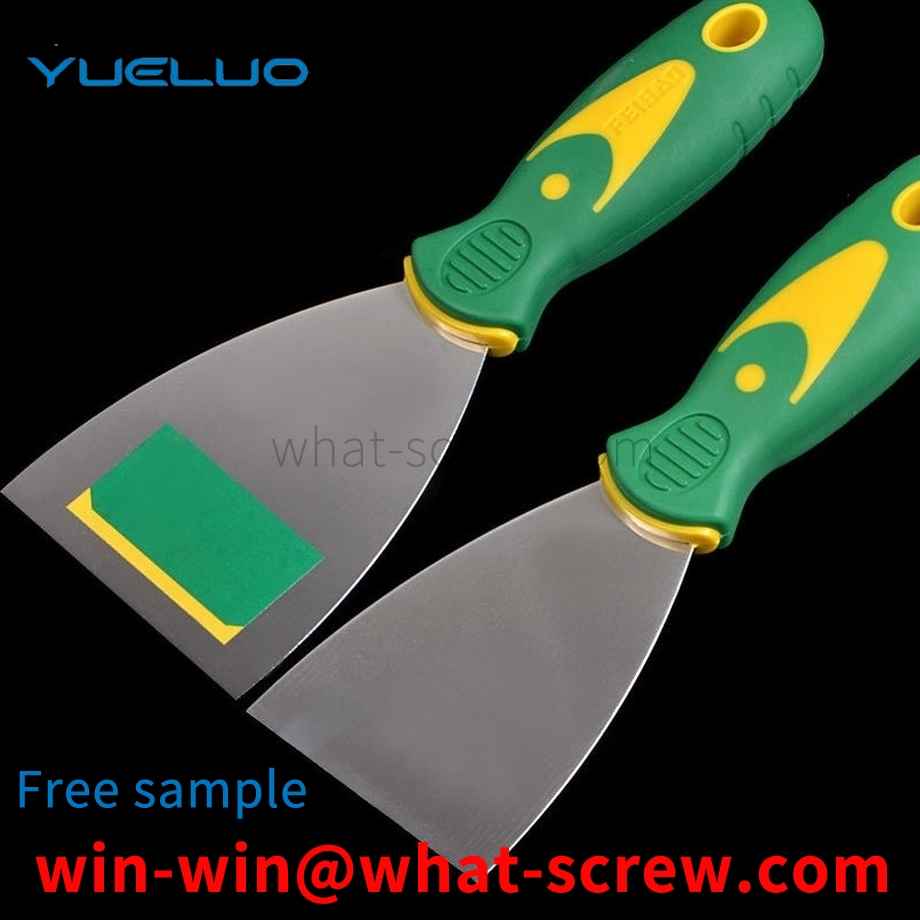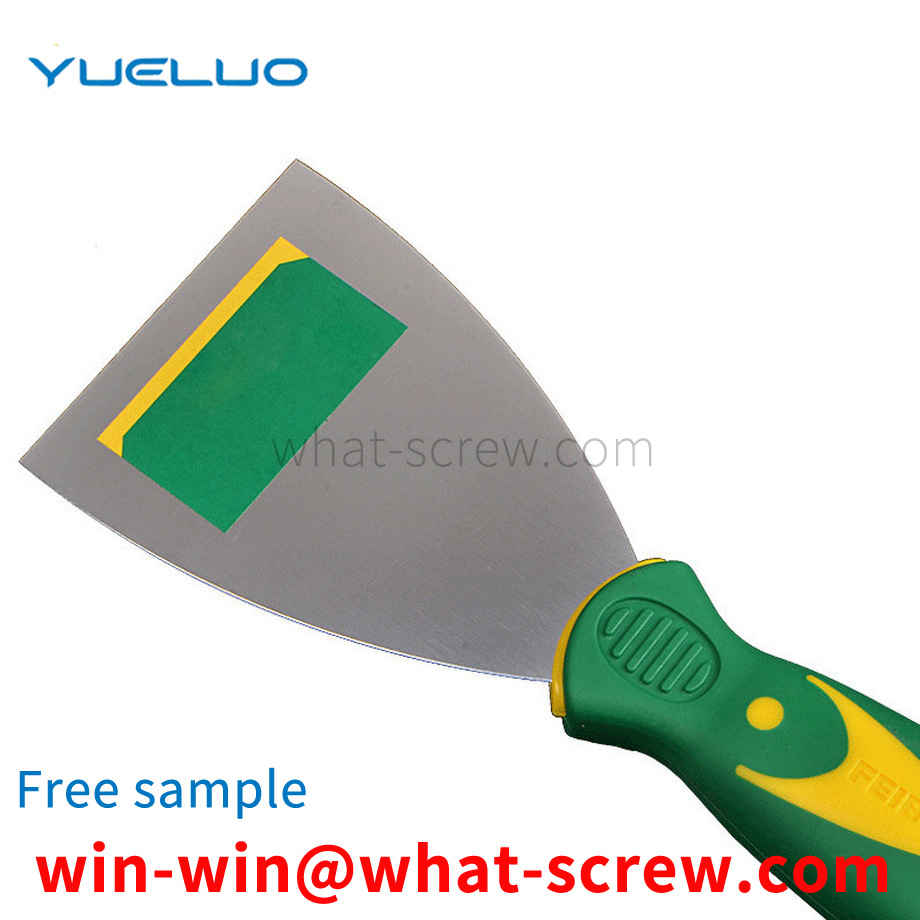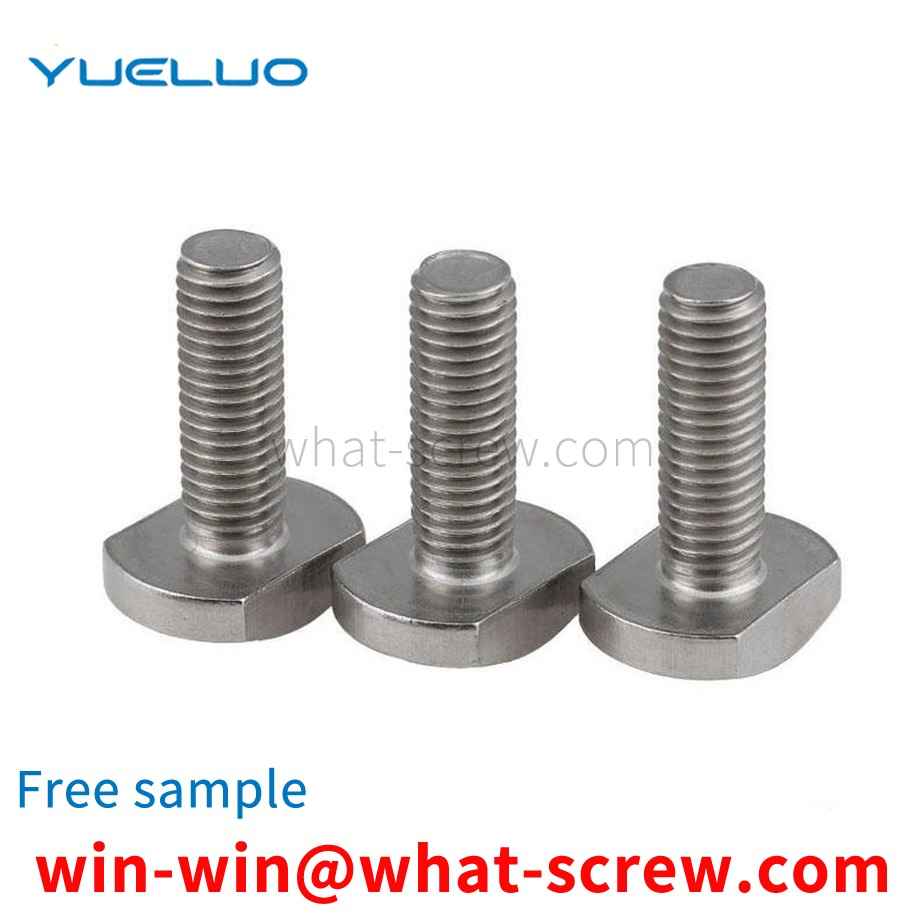What is the tolerance range of precision screws?
What is the tolerance range of precision screws?
Service Hotline
+86760-8787 8587We have more than ten years of experience in the production of screw industry, the main products are: GB834 screw, DIY aircraft body screw nut, copper washer, fast paper red meson, round head inner bolt, black hexagon screw cap, black nylon flat washer, Pure copper cap nut, galvanized shrapnel nut, cylindrical screw connecting nut, plastic nut, small countersunk head bare rivet nut, single-sided tooth butterfly, stainless steel washer, double inner tooth mesh nut, etc. Due to the different materials and specifications of the products, the prices are also different, if necessary, please contact us.


5. After the closing value material and the geometric parameters of the nut are determined, the change of the closing value has an important influence on the repeated use characteristics of the lock nut. When the closing value becomes larger, the deformation of the threaded piece increases, the strain of the threaded piece increases, the strain cycle hardening phenomenon intensifies, and the pressure FN of the threaded piece increases, which has a tendency to increase the unscrewing torque; on the other hand, the width of the threaded piece decreases. , the total area of the threaded piece decreases, the friction with the bolt decreases, the strain of the threaded piece increases, the low-cycle fatigue performance decreases, and the maximum unscrewing torque tends to decrease. Under the combined action of various factors, the change of the maximum unscrewing torque with the number of repeated uses is difficult to predict, and it can only be observed through experiments.

Align the four positioning holes 12-5 of the spring washer positioning plate 2 with the four positioning columns 4 of the screw tray 1, and place them on the screw tray 1. Several screws 5 are passed through the lower positioning plate 12-2 in turn. The spring washer hole 2-7, the opening slot 12-32 of the baffle plate 12-3, the inner ring of the spring washer 7 in the spring washer hole 2-7 of the upper positioning plate 12-1, hold the spring washer positioning plate 2 by hand The raised handle 12-31 of the baffle plate 12-3 pulls the baffle plate 12-3 out of the upper positioning plate 12-1 and the lower positioning plate 12-2, and several spring washers 7 pass through the holes on the lower positioning plate 12-2. The spring washer holes 2-7 fall down along the screw rod of screw 5, so that the screw rod of screw 5 penetrates into the spring washer 7, as shown in Figure 10, and then the spring washer positioning plate 2 is removed to complete the process of threading the spring washer.


Generally speaking, the metal plate needs to open holes for inserting the rivets, and then press the two sides of the metal plate along the positive direction of the metal plate with a jig, so that the metal plate is deformed in the plane direction, which makes the inner edge of the hole Shrink and fit the rivet. Existing riveting techniques are not suitable for thin sheets. Because the thin plate does not have enough thickness to compress in its forward direction, the insufficient deformation in the forward direction causes enough deformation in the plane direction to insert the rivet, so the rivet cannot be firmly fixed to the thin plate.

When the countersunk head screws and hexagon socket head bolts are produced by the cold heading process, the original structure of the steel will directly affect the forming ability of the cold heading process. In the process of cold heading, the plastic deformation of the local area can reach 60%-80%, so the steel must have good plasticity. When the chemical composition of the steel is constant, the metallographic structure is the key factor to determine the plasticity. It is generally believed that the coarse flaky pearlite is not conducive to cold heading forming, while the fine spherical pearlite can significantly improve the plastic deformation ability of the steel. For medium carbon steel and medium carbon alloy steel with a large amount of high-strength bolts, spheroidizing (softening) annealing is performed before cold heading, so as to obtain uniform and fine spheroidized pearlite to better meet the actual production needs. For the softening annealing of medium carbon steel wire rods, the heating temperature should be kept above and below the critical point of the steel, and the heating temperature should not be too high, otherwise tertiary cementite will precipitate along the grain boundary, resulting in cold heading cracking. The wire rod of medium carbon alloy steel is annealed by isothermal spheroidization. After heating at AC1+ (20-30%), the furnace is cooled to slightly lower than Ar1, the temperature is about 700 degrees Celsius for an isothermal period, and then the furnace is cooled to about 500 degrees Celsius and air-cooled. The metallographic structure of the steel changes from coarse to fine, from flake to spherical, and the cracking rate of cold heading will be greatly reduced. The general area of softening annealing temperature for 35\45\ML35\SWRCH35K steel is 715-735 degrees Celsius; while the general heating temperature for spheroidizing annealing of SCM435\40Cr\SCR435 steel is 740-770 degrees Celsius, and the isothermal temperature is 680-700 degrees Celsius.

The above content is uploaded by Yueluo or the Internet. If there is any copyright issue, please contact [email protected].

What is the tolerance range of precision screws?

How to choose the right stainless steel screw manufacturer?

Why is there an R angle under the head of the hexagon head s...

We have more than ten years of production experience in the ...

We have more than ten years of experience in the production ...

We have more than ten years of experience in the production ...

We have more than ten years of experience in screw industry ...